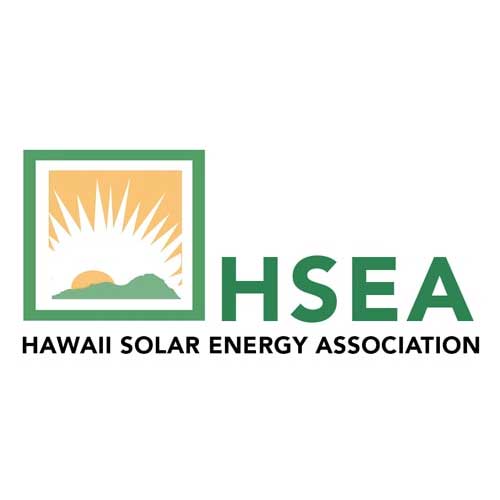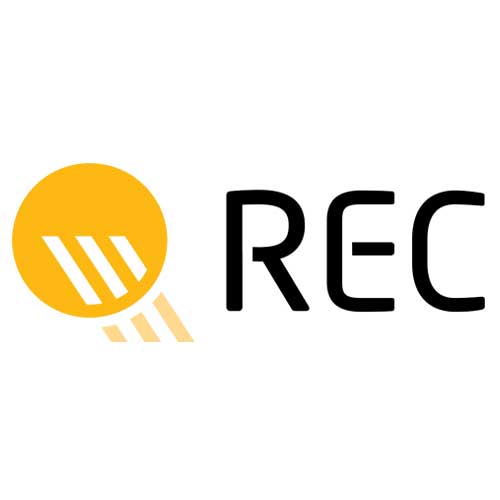
Maui Sugarcane Land to Become Renewable Energy Crops
With the January announcement that Hawaiian Commercial & Sugar Company (HC&S) will cease sugar operations at the end of 2016 and transition to a new diversified agricultural model, many have been wondering exactly what will happen to the 36,000 acres used for growing sugar cane on Maui. There has been talk of creating smaller farms and implementing varied agricultural uses, potentially including food and energy crops, cattle, and the development of an agriculture park where residents would be able to grow crops.
Alan Oshima, president and CEO of Hawaiian Electric, recently confirmed to Pacific Business News that he met with Chris Benjamin, president and CEO of Alexander & Baldwin, the parent company of HC&S, where the two CEOs discussed the possibility of using some of the Maui plantation land for renewable energy crops or projects.
“There are different kinds of crops we have looked at in the past and there might be some new technologies available we could look at. We promised to continue discussions,” said Oshima.
Another organization, Hawaii Renewable Resources LLC, is also interested in Maui’s potential to produce renewable energy. State lawmakers are considering bills that would allow the state to issue special purpose revenue bonds to assist Hawaii Renewable Resources with renewable natural gas and electricity production.
The mission of Hawaii Renewable Resources is to offer sustainable food production and renewable energy solutions. If SB2369 passes, Hawaii Renewable Resources would use the funds to grow energy crops that would produce renewable natural gas, carbon dioxide, recovered organic composts, and recovered irrigation water on former sugar plantation land as well as build and operate a natural gas production facility on Maui. The compost and water leftover from making the renewable natural gas would be given to farmers to help increase local food production. Since the public will benefit from this alternative energy option, without investment or operational risk to the State or counties, reaction so far has been favorable.
Tran Chinery, a spokesperson for HC&S, would not comment on the plans proposed in the bill.
In a separate bill, HB2593, Hawaii Renewable Resources is asking for $30 million in bonds to develop a facility for food crop, animal feed, and renewable non-fossil fuel production on Oahu.
With over 80 percent of Hawaii’s energy coming from petroleum, electricity rates remain among the highest in the nation, so Hawaii has set a goal to achieve 100 percent clean energy by 2045. Supporters applaud efforts to help Hawaii become self-sufficient, increase local food production, and help the islands reach its renewable energy goals.









